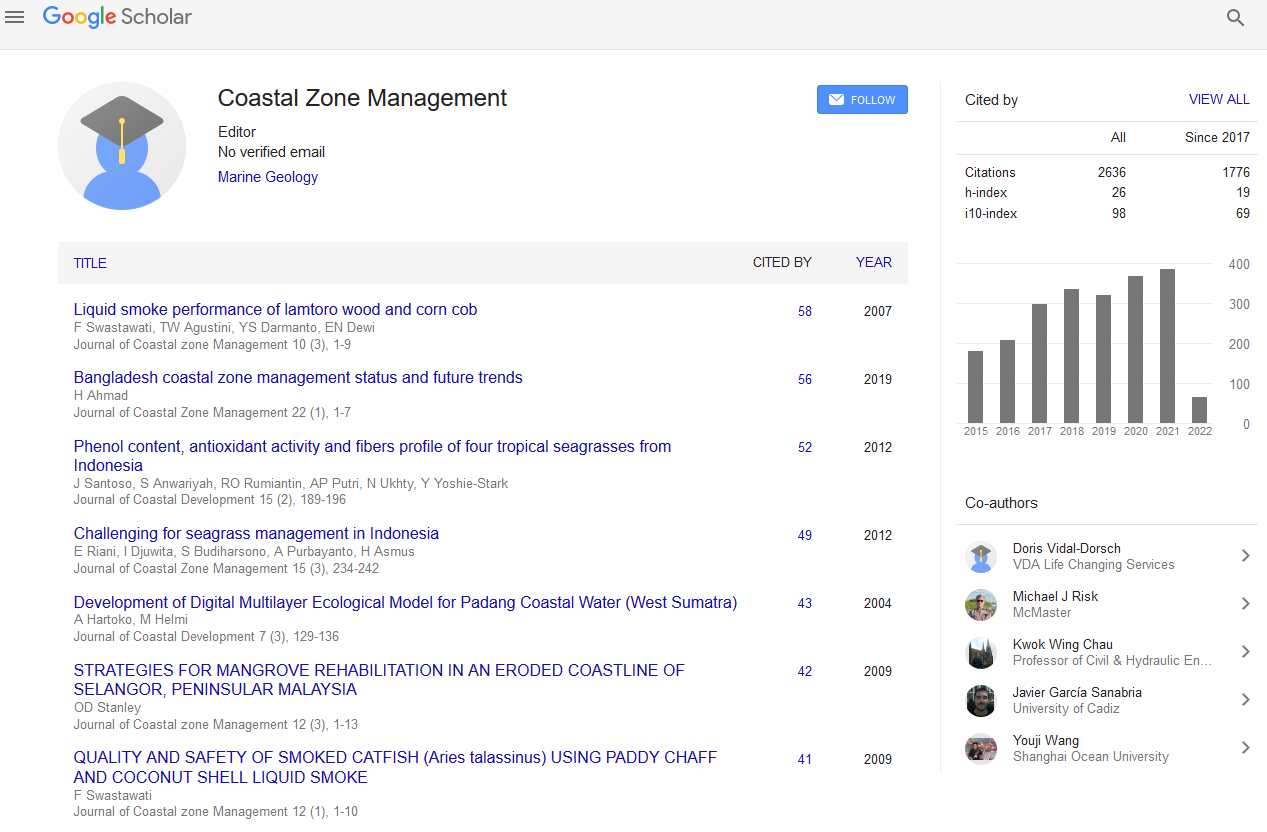Indexed In
- SafetyLit
- RefSeek
- Hamdard University
- EBSCO A-Z
- OCLC- WorldCat
- Publons
Useful Links
Share This Page
Journal Flyer

Open Access Journals
- Agri and Aquaculture
- Biochemistry
- Bioinformatics & Systems Biology
- Business & Management
- Chemistry
- Clinical Sciences
- Engineering
- Food & Nutrition
- General Science
- Genetics & Molecular Biology
- Immunology & Microbiology
- Medical Sciences
- Neuroscience & Psychology
- Nursing & Health Care
- Pharmaceutical Sciences
Abstract
Unlocking Oil Reserve in Low Resistivity Pay Zone in Brown Field Using High-Resolution Sequence Stratigraphy: A case Study From Offshore Gulf Of Suez, Egypt
Nader
The Late Cretaceous deposits are well-developed throughout Egypt. This is due to a transgression phase associated with the subsidence caused by the neo-Tethyan rift event that took place across the northern margin of Africa, resulting in a period of dominantly marine deposits in the Gulf of Suez. The Late Cretaceous Nezzazat Group represents the Cenomanian, Turonian and clastic sediments of the Lower Senonian. The Nezzazat Group has been divided into four formations namely, from base to top, the Raha Formation, the Abu Qada Formation, the Wata Formation and the Matulla Formation. The Cenomanian Raha and the Lower Senonian Matulla formations are the most important clastic sequence in the Nezzazat Group because they provide the highest net reservoir thickness and the highest net/gross ratio. Sand in Matulla Formation, Santonian age is a good reservoir to many oilfields in the Gulf of Suez but Matulla Sand Deposited as a sand bar, Estuarine Environment. This study emphasis on Matulla formation located in the eastern part of the Gulf of Suez. The three stratigraphic surface sections (Wadi Sudr, Wadi Matulla and Gabal Nezzazat) which represent the exposed Coniacian-Santonian sediments in Sinai are used for Determine a clastic depositional environment, Identify systems tracts and flooding surfaces and correlating the Para Sequence (High Resolution Sequence Stratigraphy). Cutting description, petrographic examination, log behaviors, biostratigraphy with outcrops are used to identify the flooding surfaces, reservoir characteristics, lithology, facies environment logs and subdivide the Matulla formation into three stratigraphic units in-between four Sequence boundaries(SB) : a lower clastic unit, a middle clastic/carbonate unit and an upper Carbonate-dominated unit which Belong to the Santonian age. The lower unit is the main reservoir where it consists mainly of sandstone, shale and carbonates which subdivided into two systems tract transgressive (TST) and high stand systems tracts (HST).
Matulla sandstones are fine to very coarse, poor to well sorted and subangular to subrounded containing pyrite cements which described in ditch sample in subsurface and observed also in many petrographic samples in the surface outcrops. Pyrite is a conductive mineral result in low resistivity value in some intervals. By using fourth order High Resolution Sequence Stratigraphy and delineate flooding surfaces. The commercial sand detected and identified in lower Matulla Formation located in the transgressive systems tract (TST) as a clean sand, and mixed siliciclastic in a High stand systems tract (HST). Prove that this is the best way to maximizing production in low thickness low resistivity pay zones.
Published Date: 2020-11-27;

